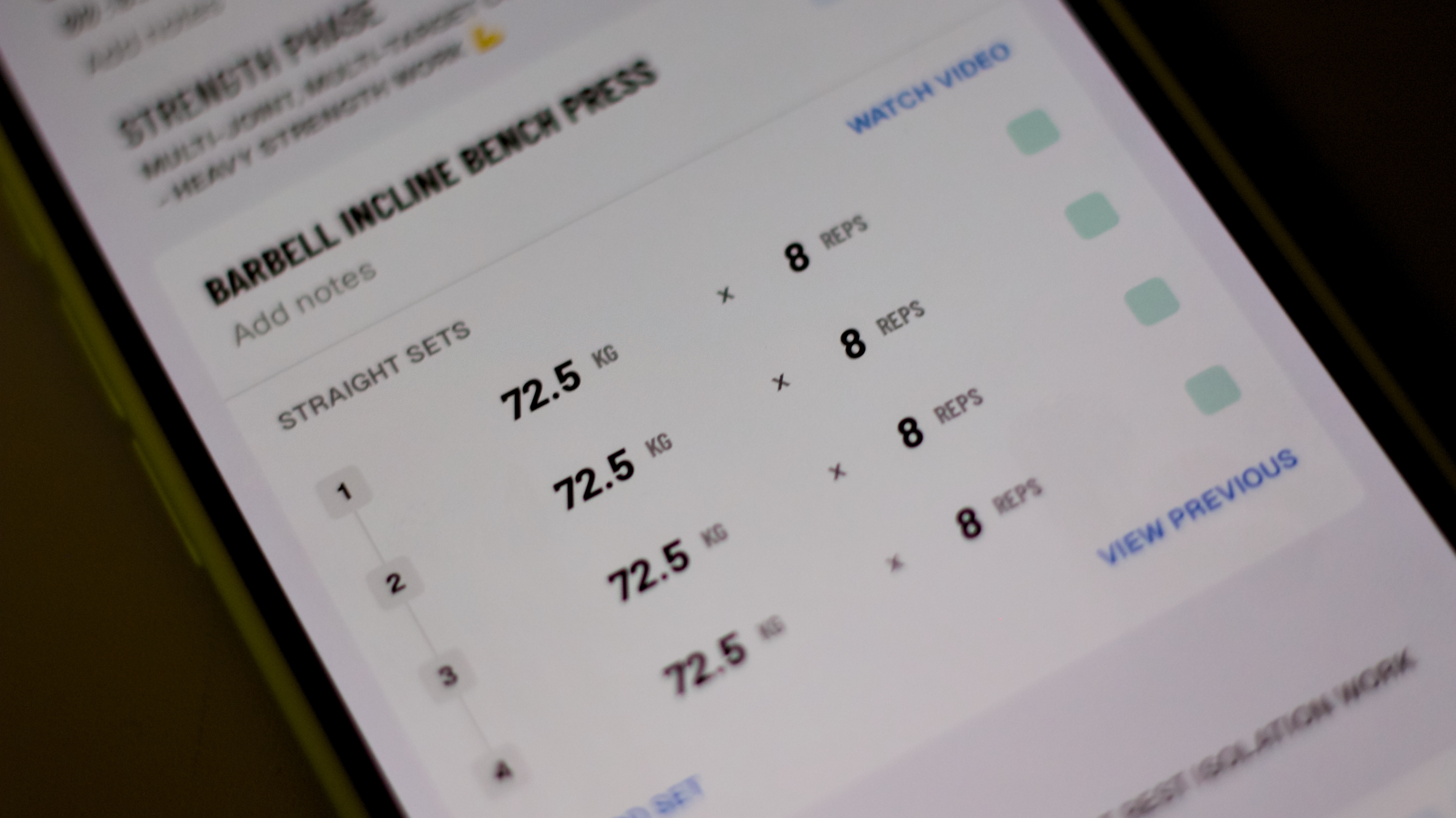On October 29, we reported that the American College of Sports Medicine (ACSM) had published the annual survey of its predicted top fitness trends for 2025. The research provides “valuable data for fitness professionals, business owners and exercise enthusiasts,” designed to “help inform critical business decisions and professional development plan”, according to the ACSM report. These trends varied by region, but we’ll largely be discussing the United States-orientated trends in this article.
While wearable technology (such as the best fitness trackers) remained at the top spot, “mobile exercise apps” aka the best fitness apps came in at number two and “data-driven training” at number three. These two often go hand-in-hand, with apps and wearables providing easy ways to record granular information about your training, from heart rate to explosive power, and use those metrics to guide you into training more effectively.
Wearables, apps and (by extension) data-driven training have gotten smarter, frighteningly so. In-app AI chatbots can draw from your personal data recorded via the app, often with an attached wearable, and recommend the next steps to your training. You can use virtual pacers to race against yourself. Within apps like PUSH and Garmin Connect, training plans can take your last few sessions’ worth of performance into account and adjust themselves automatically.
One category that didn’t make the top 10 this year is “personal training” which fell to number 15. While still prevalent in many countries and popular enough to squeeze its way into the top 20, its sharp fall from the top 10 “warrants attention” according to the report, which also noted “employing certified exercise professionals only appears as a top 10 trend in Portugal and Australia”.
Cause and Effect

Looking at the highest trending topics, it’s easy to see correlation and causation. According to the US National Strength and Conditioning Association, hiring a personal trainer (PT) can cost anywhere from $25-$100 a session. This is presumably on top of a gym membership or day rate, which you’ll need to access the space.
When you can get a YouTube channel that shows you the moves for free, or an AI-powered fitness app that provides you feedback for $8.99 a month, it’s hard for many people undergoing a cost of living crisis to justify hiring a PT as anything other than a major luxury, like a massage or a spa day.
To say that you can get the full experience of in-person personal training from an app on your phone would be an insult to the hard-working personal trainers who are fantastic coaches, motivators and experts in their field. However, there’s no denying that personal training, once the bastion of the fitness industry, is losing popularity, and PTs are having to diversify their revenue streams to make it in 2024. This income can come from offering online classes, writing books to better market themselves as experts, creating their own training app or social media community, or becoming part-time content creators.
Very few PTs are likely to have signed up knowing they’ll need to be effective writers, programmers, salespeople or on-camera talent: there was a time when all you needed was to be very good at training people, but those days are long gone. The most successful PTs now are the most effective brand-builders and content marketers, not necessarily the best coaches.
Now that data-driven apps and wearables can provide passable programming and even feedback via a chatbot, the fitness industry has become the latest in a long line of sectors to be hit hard by automation and AI. I’m not sure what the answer is for all those talented PTs and coaches out there, but I don’t envy them trying to maintain an analog business in a world that, with the advent of AI, has become truly digital-first.




















+ There are no comments
Add yours